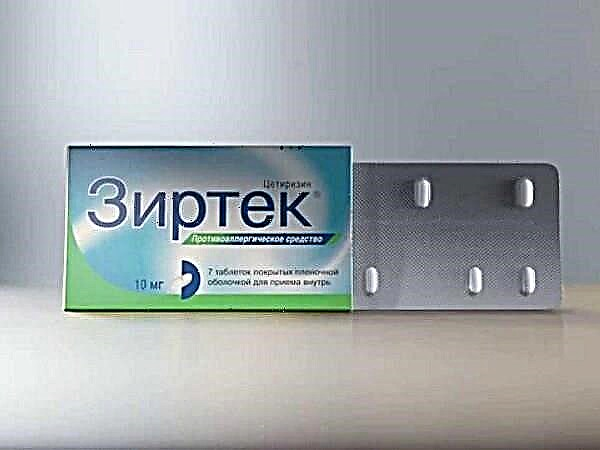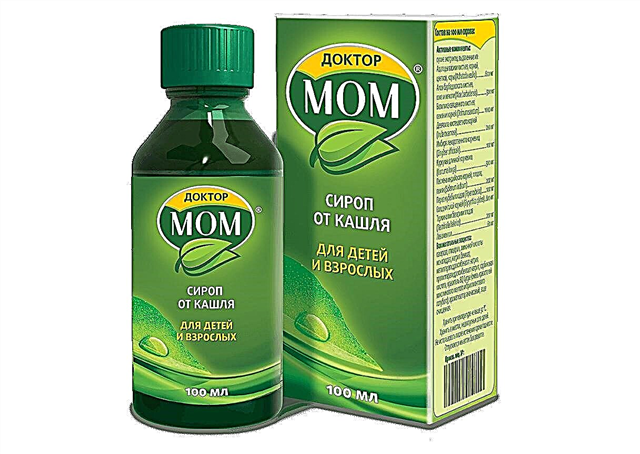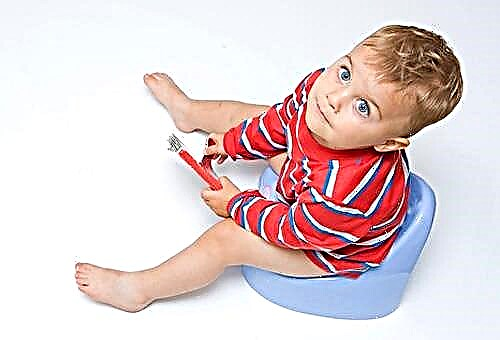Milky crusts on the baby's head appear due to the active work of the sebaceous glands. The child's scalp peels off, this is one of the signs of their manifestation. It causes a lot of concern in adults. Doctors record that crusts appear in 70% of newborns. They pass on their own by 12-24 months.

Nape with crusts
Features of the functioning of the sebaceous glands on the head
Sebum is secreted in babies to protect the body from infections. The sebaceous glands work more actively than in adults. Sebum covers the entire body and prevents harmful bacteria and viruses from entering. Closer to the age of one year, the work of the glands is normalized.
Crusts appear on the scalp. Less commonly, they are found on the face, behind the ears or armpits, there is peeling on the child's neck.
Important! Due to the increased activity of glandular cells, newborns are bathed daily.
Causes of milk crusts on the head of a newborn
Children under one year old are constantly in an upright position. The head and back of the head, the ear area are in contact with the surface of the bedding. Sebum is released and accumulates in certain areas. At this time, the skin particles fall off and change into new ones. Due to the abundance of secreted, the remnants of the epithelium adhere to the surface of the skin and freeze. Milk crusts form, the child's scalp peels off.
Causes:
- Frequent use of baby shampoo activates the increased work of the sebaceous glands.
- Lack of hair care crumbs.
- Increased sweating due to heat.
- Insufficient hygiene in the crusts.
- Allergy to shampoo for newborns.
The main thing is that the peeling on the child's head does not harm health and goes away without treatment. When exactly crusts appear on the head of a newborn, it is impossible to say. In some children, manifestations begin closer to the first month, in others - to the third. It all depends on the individual characteristics of the organism.

The baby is bathed and brushed
Do I need to remove the crusts of the newborn on the head
Milk crusts on the baby's head are considered a physiological norm. Most often, they go away on their own by 12 months. In rare cases, remnants persist up to 2 years of age near the temporal lobe. They are purposefully removed if concomitant symptoms occur:
- suppuration in this area;
- unpleasant odor;
- the appearance of white bloom;
- bruising;
- the crust may get wet, the ichor stands out;
- itching in a child;
- swelling;
- redness of the skin around.
Such signs indicate the penetration of infection into the deep layers of the skin. It is necessary to start treatment, consult a doctor. The lesions spread not only on the head. Crusts can be on:
- armpits;
- behind the ears;
- on the cheeks;
- neck;
- inside the folds.
Peeling is also observed in these areas. This means that the epithelium gradually falls off. No intervention is required here.
Important! Hygiene procedures help to soften the crusts.
If the child has crusts on the lips or face, eyelids, near the eyes, then this indicates a diathesis (a manifestation of food allergy). It occurs if the breastfed mother ate a product from the prohibited list, or the mixture prescribed by the pediatrician is not suitable for the newborn. The child's body is receptive to new foods. The immune system responds instantly.
A couple of hours after the allergen enters the body, rashes occur. They usually itch a lot. The baby tries to touch the place of irritation with his hands, constantly cries, is capricious. Here they are treated with antihistamine drops.
If the baby has crusts on the lips, then this indicates a lack of water, an easy stage of dehydration. This phenomenon often occurs in children who eat formula milk. It is recommended to add boiled water to babies.

Small crust in baby's hair
How to remove milk crusts on a baby's head
Doctors differ when it comes to seborrheic or milky crust on the baby's head. Some believe that you need to get rid of it as soon as possible. Dry epithelium interferes with the breathing of skin areas. Others say that there is no need for treatment, the crusts will dry on their own and peel off.
Ways to remove seborrheic crusts at home:
- When a child's head peels off, then every other day the area with a crust is smeared with vegetable oil. Put on a hat on top, stand for 1 hour and bathe the baby. The oil is used warm.
- Vaseline oil will work well for all crusty areas. It is safe for newborns. Sold in a pharmacy in sterile and non-sterile forms. The crust begins to peel off after the course of treatment.
- Use baby shampoos with added oils. They do a great job with seborrhea.
- After bathing, the head of the crumbs is combed with a special brush for newborns.
- Oils and hygiene products are used 2-3 times a week so as not to wash out all the protective lubricant of the skin.
Important! When using oils, the crusts on the baby's head disappear by 6 months.
How to treat crusts on the face of a baby? The answer to this question worries parents whose children are prone to frequent diathesis. Allergies are treated with antihistamines. The area of the rash should be smeared with an ointment containing dexpanthenol. It has a softening and healing effect and relieves itching. Crusts on the cheeks of babies occur only due to allergies.
If a child's skin on his face is peeling and his nose slips, then they use moisturizing baby creams. Newborns are born with flaky skin that heals by about 2 months of age. The area may turn red for a while, but this will go away over time.

Mom is combing the baby
Prohibitions and complications
What can not be done with diathesis and seborrheic crust? Not all young parents are aware of the prohibitions and make mistakes that can harm the baby. Contraindications:
- Only soft brushes for babies are used, without chipping and metal inserts so as not to scratch the head.
- It is forbidden to pick up the crust with your fingernails or fingers - it hurts and can cause an infection.
- The crust is like a scab, no need to self-medicate.
- If a red swelling appears in the area of the rash, then you need to see a doctor. The use of oils is prohibited.
- The remnants of the epithelium are combed out with smooth movements, without pressing hard on the brush.
- You can not wash the child's head with shampoo daily, the funds are used no more than 2 times a week.
Important! Hair can fall out along with the crust. It's not scary, everything will be restored closer to the year.
Milky crusts on the head of infants are rarely accompanied by complications. If you do not properly care for your child, this will lead to the following problems:
- Infection of the deep layers of the skin, the development of necrosis.
- Damage to hair follicles, baldness in the future.
- If this is diathesis, then anaphylactic shock is possible.
- Scars can be left by scratching the scabs.
The less often the baby is washed, the higher the risk of seborrhea. It often occurs in newborns in dysfunctional families in which parents do not take care of children. Bathing the child and carrying out all hygiene procedures are required. Large, crusty areas can crack and damage deeper layers of the skin, possibly becoming infected.

The newborn is being combed
Preventive measures
Not all babies have milk crusts. If the sebaceous glands work normally, the child is regularly hygienized, then seborrhea does not appear. There are preventive measures:
- The baby is bathed daily with the addition of herbal decoctions.
- In the first month of life, it is recommended to use moisturizing lotions and creams.
- They use exclusively baby cosmetics that are allowed from the moment of birth.
- Every morning, wipe all the baby's folds with warm boiled water.
- In the presence of diathesis, find out the cause and eliminate it.
- The baby cap is changed at least once a day.
- They use baby washing powders with a hypoallergenic effect.
- Comb out the crusts, if any, with a soft baby brush.
- Change clothes for the baby at least 1 time per day.
- Regularly smear the area behind the ear with petroleum jelly or moisturizer.
Prevention is carried out not only when there are no crusts, but also when they are. This is done to prevent their occurrence. When using oils, you should consult a pediatrician. He will give clear recommendations and share his medical opinion. Why seborrhea occurs is described above.
Important! No matter how expensive shampoos parents buy for a baby, the main thing is that the baby does not have allergies.
Milky crusts on the head of a baby arise due to the active work of the sebaceous glands. They occur in 70% of newborns. This does not mean that parents are poorly looking after their child. Manifestations are due to the release of a large amount of sebum. The opinions of doctors about the fight against crusts are divided. The decision should be made by parents, but at the same time listen to the opinion of a specialist.



